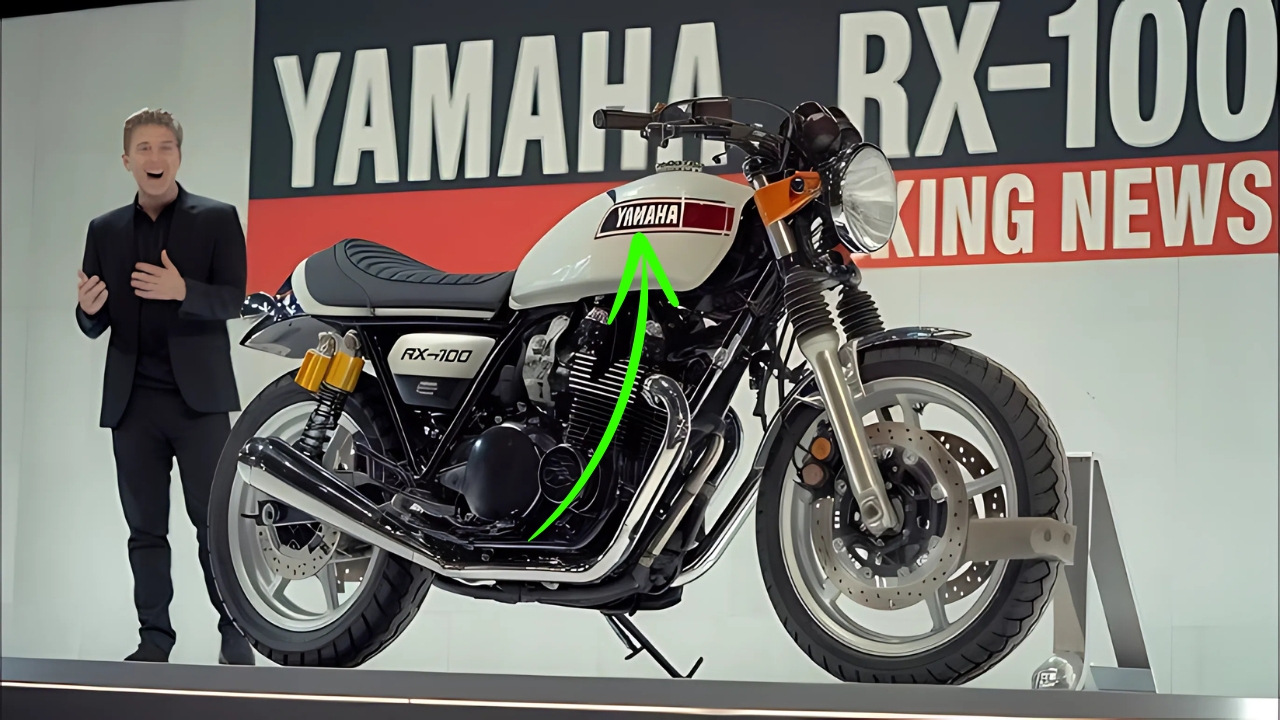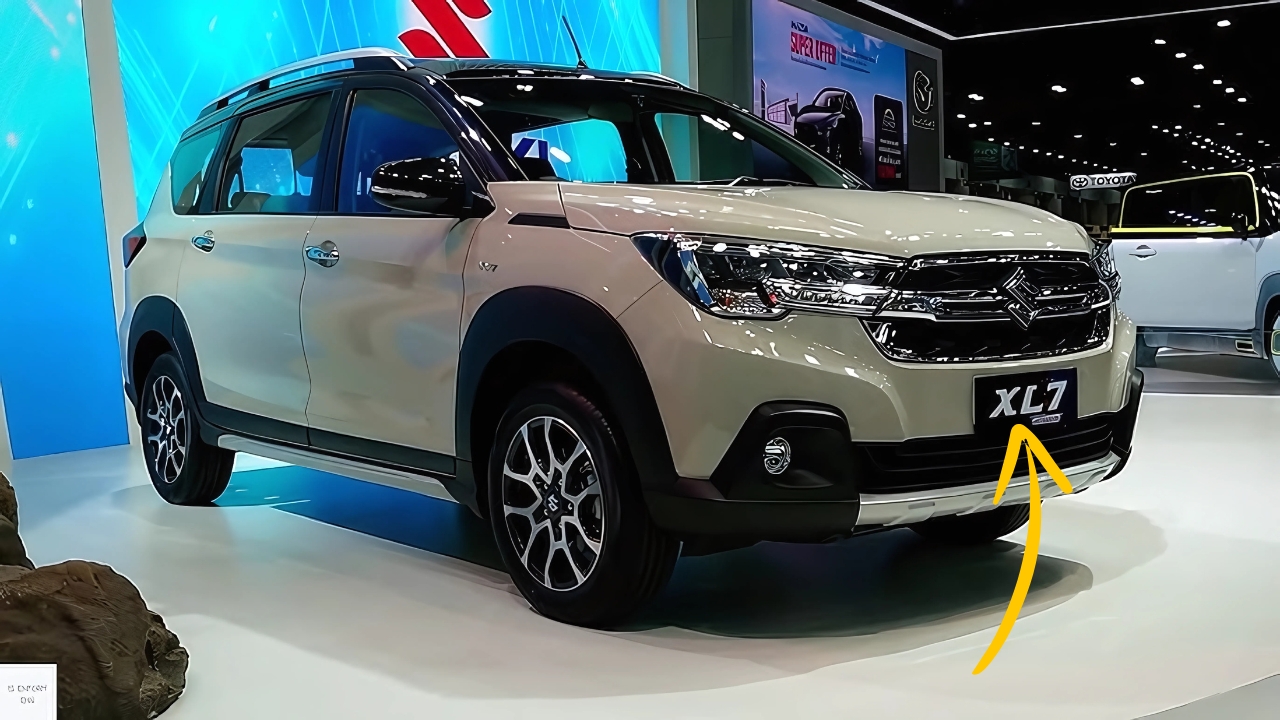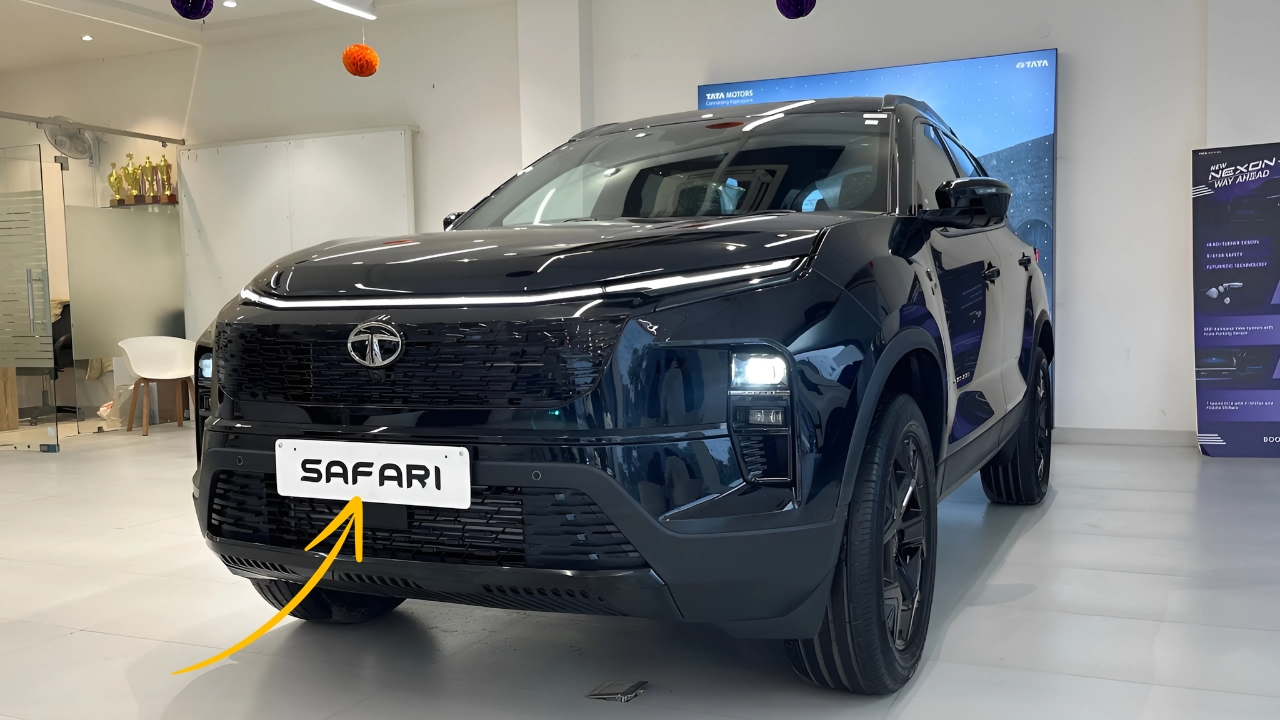2025 Yamaha RX 100 : The motorcycle community buzzes with anticipation as rumors intensify about the possible return of the Yamaha RX 100.
This iconic two-stroke machine, which defined an era of motorcycling, appears ready to make a comeback that could revolutionize the entry-level segment once again.
Enthusiasts who grew up with the distinctive sound of its engine can barely contain their excitement at the prospect of experiencing this legend in a modern avatar.
A Legacy Worth Reviving
The original Yamaha RX 100 carved its name in motorcycling history through an unbeatable combination of performance, reliability, and affordability.
Launched during the 1980s, this lightweight speedster quickly became the dream machine for young riders across multiple markets. Its 98cc two-stroke engine delivered power that embarrassed much larger motorcycles, while its nimble handling made every ride an adventure.
What truly set the RX 100 apart was its character. The raspy exhaust note, instant throttle response, and lightweight construction created an addictive riding experience.
Owners didn’t just ride their RX 100s; they formed emotional bonds with these machines. The motorcycle became a cultural phenomenon, inspiring countless modifications, racing competitions, and lifelong memories.
The discontinuation of the RX 100 due to emission regulations left a void in the market that no other motorcycle has successfully filled. While modern four-stroke machines offer better fuel efficiency and cleaner emissions, they lack the raw excitement and mechanical simplicity that made the RX 100 special.
This gap in the market has grown more apparent as riders increasingly seek authentic, engaging motorcycles rather than merely efficient transportation.
Engineering the Revival
Bringing back the RX 100 for 2025 presents unique engineering challenges. Modern emission standards make traditional two-stroke engines virtually impossible to certify for road use.
However, Yamaha’s engineering prowess suggests several innovative solutions that could capture the spirit of the original while meeting contemporary requirements.
The most likely approach involves a highly refined 100cc four-stroke engine incorporating advanced technologies. Variable valve timing, high compression ratios, and sophisticated fuel injection systems could help recreate the immediate throttle response that defined the original.
Weight reduction through modern materials and manufacturing techniques would maintain the nimble handling characteristics that made the RX 100 a favorite among enthusiasts.
Design elements would need careful consideration to balance nostalgia with modern functionality. The classic fuel tank shape, distinctive side panels, and minimalist approach that defined the original could be retained while incorporating contemporary lighting, instrumentation, and safety features.
The challenge lies in creating a motorcycle that triggers memories for original owners while appealing to new riders discovering the model for the first time.
Market Dynamics and Positioning
The modern motorcycle market differs dramatically from the environment that originally nurtured the RX 100.
Today’s entry-level segment faces intense competition from various manufacturers offering feature-rich, fuel-efficient motorcycles at competitive prices. Successfully positioning a revived RX 100 requires understanding current consumer preferences while leveraging the model’s legendary status.
Young riders today prioritize different attributes than their predecessors. While performance remains important, factors like fuel economy, smartphone connectivity, and social media appeal influence purchasing decisions.
A modern RX 100 would need to address these expectations without compromising the engaging riding experience that made the original special. This balancing act between heritage and innovation represents the key to market success.
Pricing strategy becomes crucial for market penetration. The original RX 100 succeeded partly due to its accessibility to middle-class buyers. Maintaining this affordability while incorporating modern technology and meeting regulatory requirements presents a significant challenge.
Yamaha would need to leverage economies of scale and efficient manufacturing to deliver value that honors the model’s democratic spirit.
Cultural Impact and Community Response
The RX 100 transcends its mechanical specifications to represent a cultural touchstone for millions of riders. Online forums, social media groups, and restoration communities keep the legend alive through shared stories, technical knowledge, and carefully maintained examples.
This passionate community represents both an asset and a responsibility for any revival attempt.
Existing RX 100 owners and enthusiasts would scrutinize every detail of a new model, comparing it against their memories and expectations. Their acceptance or rejection could significantly influence the broader market’s reception.
Yamaha would need to engage this community early in the development process, gathering feedback and building anticipation while managing expectations about necessary modernizations.
The motorcycle’s return could also inspire a new generation to discover the joy of lightweight, engaging motorcycles. In an era dominated by heavy, complex machines, a simple, fun motorcycle could attract riders seeking authentic experiences. This potential to bridge generations and create new enthusiasts represents a unique opportunity in the modern market.
Technical Possibilities and Innovation
Modern technology offers exciting possibilities for enhancing the RX 100 experience while maintaining its essential character.
Electronic fuel injection could provide the crisp throttle response of the original carbureted engine while improving fuel efficiency and reducing emissions. Advanced metallurgy and manufacturing techniques could reduce weight while increasing durability.
Safety features absent from the original could be seamlessly integrated without compromising the riding experience. Modern braking systems, improved suspension components, and better tires would enhance confidence without dulling the visceral connection between rider and machine.
LED lighting could improve visibility while reducing electrical load, and digital instrumentation could provide useful information without cluttering the minimalist aesthetic.
The exhaust system presents a particular challenge and opportunity. The original’s distinctive sound formed part of its identity, but modern noise regulations require careful acoustic management.
Engineers could potentially develop exhaust systems that comply with regulations while still providing satisfying acoustic feedback, perhaps using variable exhaust valves or sophisticated muffler designs.
2025 Yamaha RX 100 The Road Ahead
As anticipation builds for an official announcement, the motorcycle community watches eagerly for concrete details about the RX 100’s return.
Success would require more than simply trading on nostalgia; the new model must offer genuine value and excitement in today’s market. The challenge of meeting modern regulations while preserving the original’s spirit demands innovative engineering and thoughtful design.
Whether the revived RX 100 can recapture the magic of its predecessor remains to be seen. However, the intense interest surrounding its potential return demonstrates the enduring appeal of simple, engaging motorcycles.
In a world of increasing complexity, the promise of a machine that prioritizes pure riding enjoyment over electronic gadgetry resonates with riders seeking authentic experiences. The legend of the RX 100 continues to inspire, and its revival could mark a significant moment in motorcycling history.














